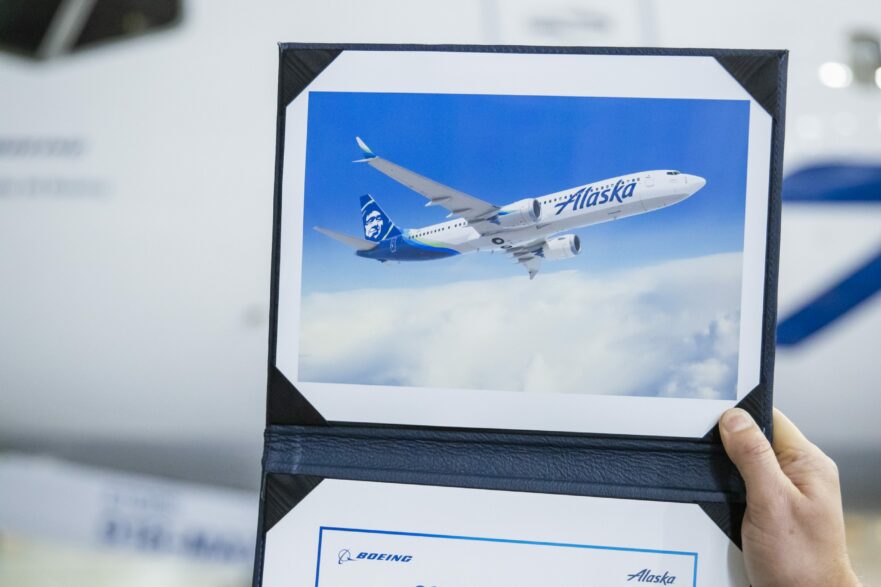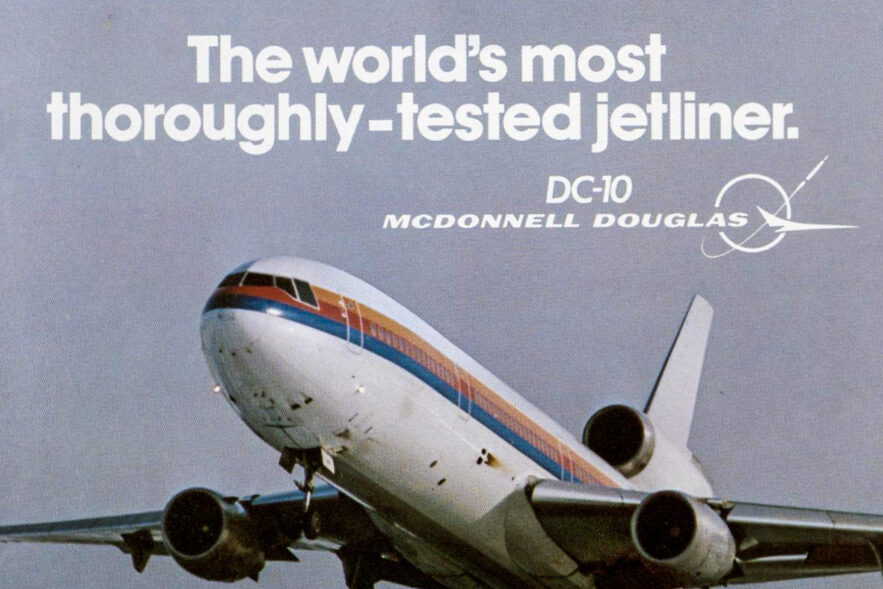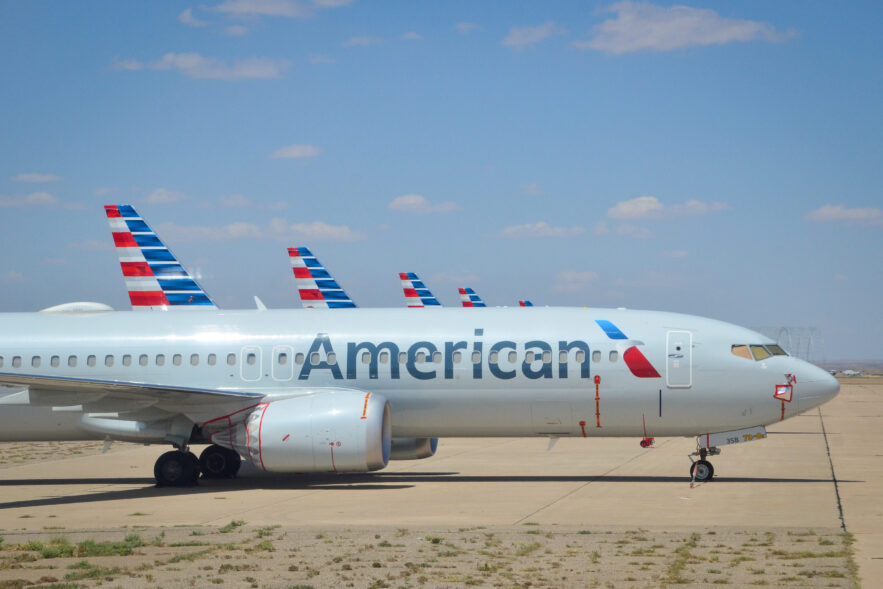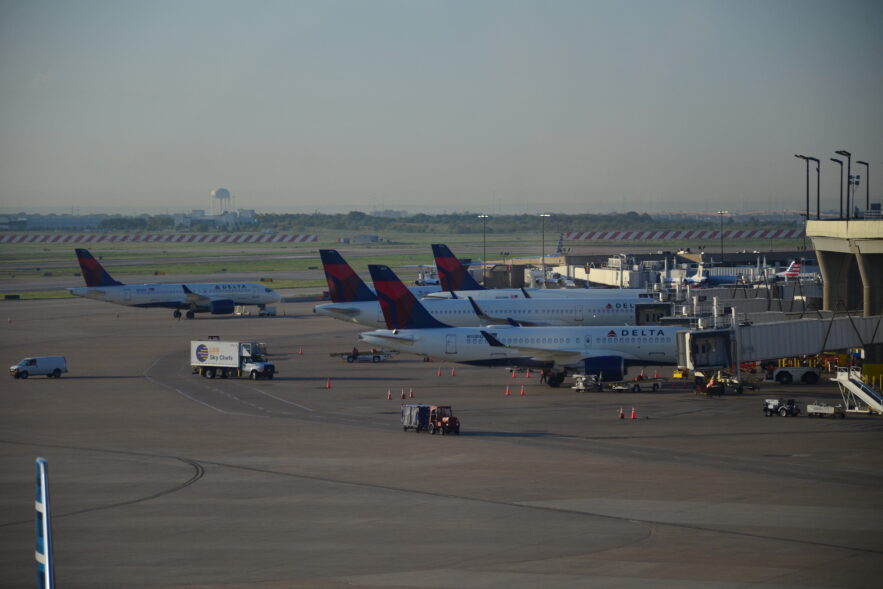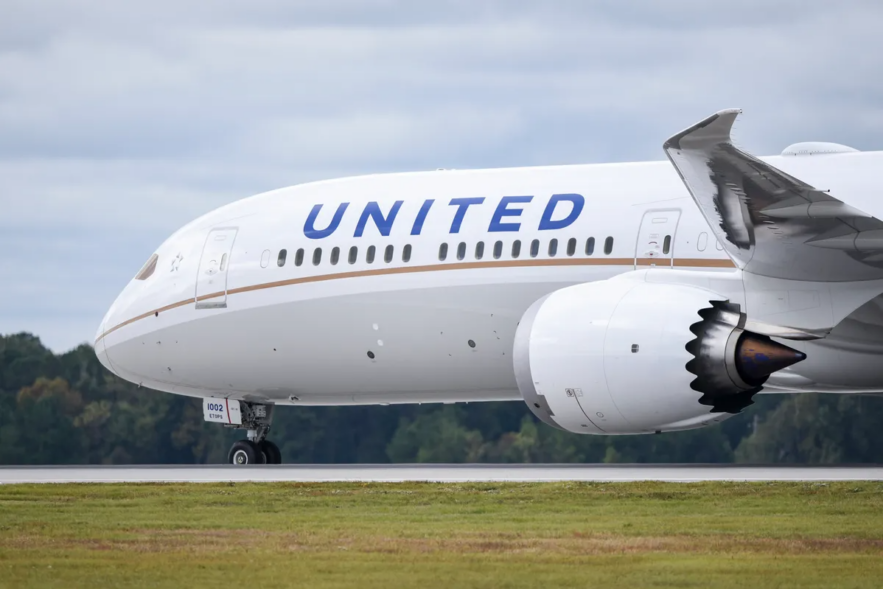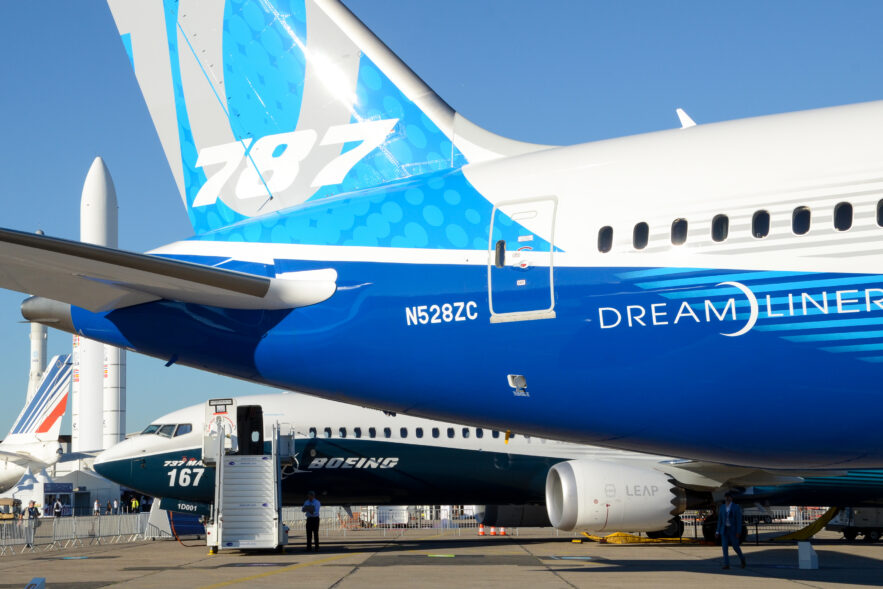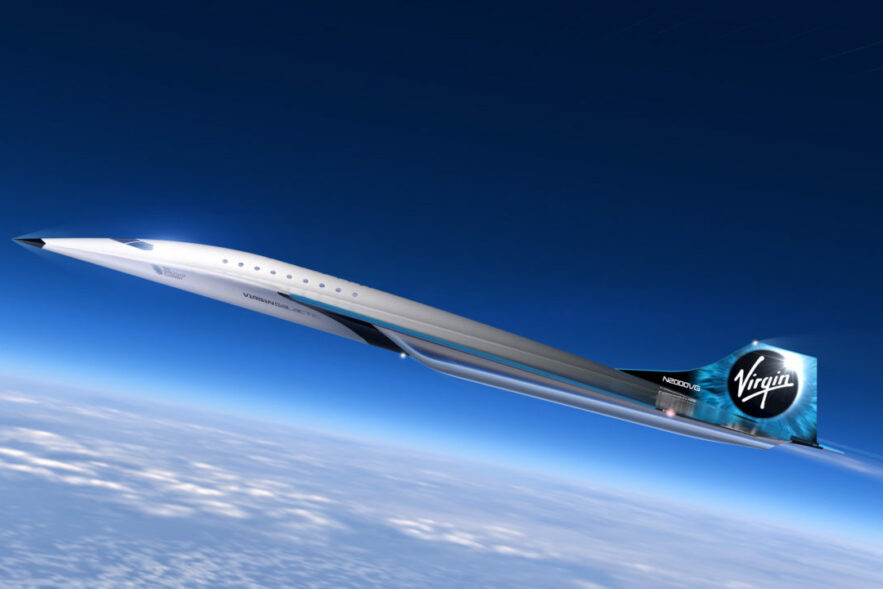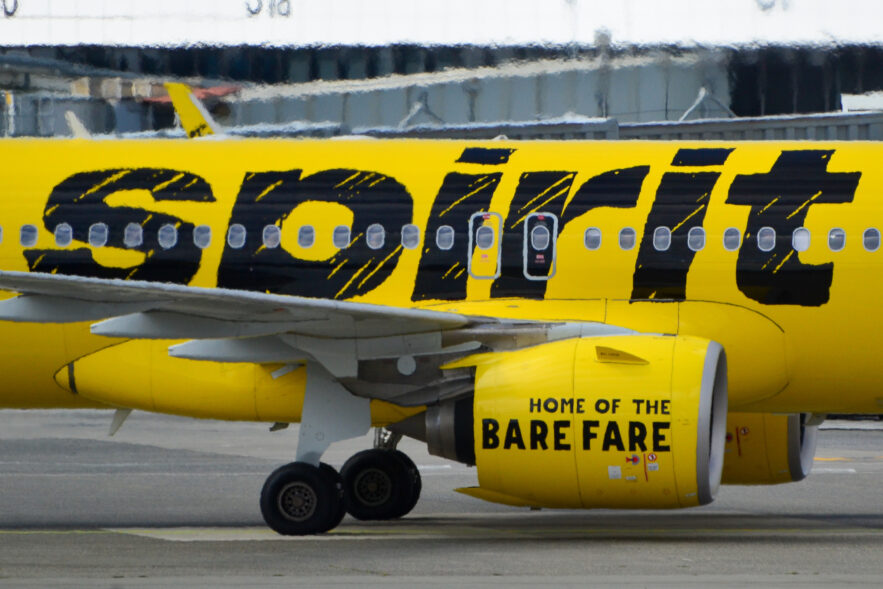Log-in here if you’re already a subscriber Release DateJanuary 14, 2021Alaska maps its 2020s with Boeing and leaves Virgin strategy...
The Federal Aviation Administration on Monday granted its first post-grounding airworthiness certificate to a 737 Max, clearing the way for Boeing to resume deliveries, the U.S. aviation regulator confirmed.
To try to make sense of what comes next for Boeing and the 737 Max, and what to avoid, we need to look backward again at McDonnell Douglas and its DC-10.
The FAA is poised to order the Boeing 737 Max ungrounded this week. American Airlines will lead the jet's return after the 20-month grounding. Embraer's conceptual hybrid-electric STOUT for the Brazilian Air Force breaks cover and looks even more interesting than its E3 turboprop study. Apple's path to developing its new ultra-efficient M1 chip is an instructive guide for the strategic future of green aviation.
Airlines can’t get back to 2019 levels if they furlough staff and retire portions of their fleets. The expiration of the airline provisions in the U.S.’s CARES Act puts the industry’s recovery at risk as airlines decide whether to keep staff in the face of mounting losses.
Log-in here if you’re already a subscriber Release DateSeptember 15, 2020Six months into the pandemic, it’s even worse for airlines...
On the evening of August 24, an 18-month old United Airlines Boeing 787-10 touched down at Newark Airport after a...
As fall arrives, U.S. air traffic is still down 65%. Summer’s leisure travelers are receding at their anticipated seasonal pace, shifting the weight to fall business travel which has shown minimal recovery. This TAC Analysis expands our predictive sentiment model into the fall, illuminating the looming challenges for airlines in the coming months.
Two manufacturing issues compromised an area of the structure in the rear of the Boeing 787 that is unable to withstand the maximum stress that would be experienced by the aircraft in service and could fail.
The COVID-19 pandemic has made strange bedfellows out of Delta Air Lines and Qatar Airways, who are on the same side to save bankrupt LATAM. Virgin Galactic's Mach 3 concept for a supersonic airliner is more than a little squishy. The FAA has started the clock on public comments for the 737 Max return to service and other goings on for the grounded airliner.
There are three steps to an airline industry recovery. First, airlines have to return capacity to the sky. Second, passengers need to fill those airplanes. Lastly, the fares those passengers pay must be economically sustainable. The industry has not yet reached the first step.
In the middle of the single most acute crisis to hit the airline business in the history of flying, U.S. airlines are seemingly trapped playing a cascading series of one upmanship games as they chase market share, risking further destabilizing their airlines at a time when the industry’s very survival hangs in the balance.
